Indonesian coffee is an alluring beverage that is highly regarded around the globe. Thanks to its lush natural environment and unique climate, coffee from this region boasts a diverse array of flavors and aromas, offering something for everyone—from novices to connoisseurs. In this article, we’ll delve into the fascinating history and culture of Indonesian coffee while highlighting some top coffee beans, roasting techniques, and brewing methods. If you’re a coffee lover, you’re sure to uncover some new favorites.
Take the time to explore the captivating qualities of Indonesian coffee and find tips to enrich your coffee experience. Incorporating a cup of Indonesian coffee into your relaxation routine or during chats with friends can be a delightful addition.
- Learn about the history and culture of Indonesian coffee
- Discover recommended Indonesian coffee beans
- Get tips on roasting and brewing methods
The Basics and Culture of Indonesian Coffee
Indonesian coffee is a beloved beverage enjoyed around the world, steeped in a rich history and unique cultural significance. Understanding how coffee has evolved in this country, along with the distinct characteristics of its various regions, can enhance your appreciation of Indonesian coffee. In this section, we will take a closer look at the history and culture of Indonesian coffee, so stick with us until the end!
The History of Indonesian Coffee
Coffee was introduced to Indonesia in the 17th century by the Dutch. Initially cultivated in Dutch colonies, it quickly became a drink associated with the elite. Over time, coffee farming expanded to local farmers, transforming it into a vital industry for the nation. Particularly on the islands of Sulawesi and Java, coffee production is thriving, with each region’s unique climate and soil contributing to distinct flavors.
In Indonesia, two main types of coffee are cultivated: Arabica and Robusta. Arabica is known for its rich aroma, while Robusta offers a bolder taste. This diversity allows coffee lovers to enjoy a wide range of flavors from Indonesian beans.
Coffee Culture and Regional Characteristics
In Indonesia, coffee is more than just a drink; it is woven into the fabric of the culture. Different regions have their own ways of enjoying coffee. For example, in Bali, it is common to drink coffee with sugar, while in Sulawesi, coffee is typically brewed strong and enjoyed with meals.
One of the most famous varieties is “Kopi Luwak,” a premium coffee made from beans that have been eaten and then excreted by civet cats. This unique process gives it a distinctive flavor that coffee connoisseurs seek out. The diversity of Indonesian coffee culture makes it fascinating, offering numerous ways to savor this delightful beverage.
- Indonesian coffee has a history dating back to the 17th century.
- You can enjoy different coffee-drinking styles depending on the region.
- Unique coffees like “Kopi Luwak” highlight the special offerings in Indonesian coffee culture.
Recommended Indonesian Coffee Beans
When it comes to enjoying Indonesian coffee, choosing the right beans is crucial. In this section, we’ll dive into some of the most popular coffee beans from Indonesia. By understanding the differences between Arabica and Robusta, you’ll be better equipped to find the coffee that suits your taste. We’ll also highlight three standout coffee beans, detailing their unique characteristics to help guide your selection.
The Difference Between Arabica and Robusta
In Indonesia, two main types of coffee beans are cultivated: Arabica and Robusta. Arabica beans are known for their rich aroma and flavor, featuring a pleasant acidity and a smooth taste. They are particularly recommended for those seeking high-quality coffee. On the other hand, Robusta beans have a stronger bitterness and higher caffeine content, making them perfect for those who enjoy a bold flavor. These beans are often used in espresso and blended coffee.
Both types of beans have their own unique appeal, so feel free to choose based on your mood or the occasion. Understanding the differences between Arabica and Robusta can enhance your overall coffee experience in Indonesia.
Top 3 Popular Coffee Beans
Here are three coffee beans that are particularly popular in Indonesia:
1. Mandheling
Mandheling is one of the most famous coffee beans from Indonesia, known for its rich flavor and sweetness, delivering a smooth mouthfeel. The Mandheling grown on Sulawesi Island is especially renowned for its distinct aroma.
2. Java
Java coffee is characterized by its full-bodied and mellow taste. With low acidity and a nutty, roasted flavor, it’s an easy-drinking choice that many people love.
3. Bali
Coffee grown on the island of Bali is notable for its strong flavor and fruity aroma. The balance between sweetness and acidity is delightful, making it a favorite among coffee drinkers. Bali coffee, a popular souvenir for travelers, captures the essence of the island.
- Arabica offers rich aroma and smoothness, while Robusta is known for its strong bitterness.
- Popular coffee beans include Mandheling, Java, and Bali.
- By understanding the characteristics of each bean, you can discover your favorite coffee.
Roasting Methods for Indonesian Coffee
One of the joys of coffee lies in the roasting process. For Indonesian coffee beans, proper roasting is crucial to bring out their unique flavors. In this section, we’ll explore the basics of roasting, share some handy tips, and provide a simple method for roasting coffee at home. Once you learn to roast according to your preferences, you’ll discover a whole new depth of flavor in your coffee.
The Basics and Tips for Roasting
Roasting is a vital process that defines the taste of coffee beans. Through roasting, the beans develop their aroma and flavor, while bitterness and acidity can be adjusted. There are mainly two roasting methods: dry roasting and wet roasting. In dry roasting, the beans are exposed directly to heat, resulting in a robust and toasted flavor. On the other hand, wet roasting involves roasting the beans while they retain moisture, giving them a smoother taste.
It’s important to pay attention to the color and sound of the beans during the roasting process. Generally, the right moment to stop roasting is right after you hear the first crack—a light popping sound. Make sure you don’t miss this timing! Additionally, once roasting is complete, cooling the beans properly is key to preserving their flavor.
Roasting Coffee at Home
Roasting coffee beans at home is easier than you might think. The tools you need include a roasting machine, a frying pan, or even a conventional oven. Start by measuring out your chosen beans. If you’re using a frying pan, heat it over medium heat and stir the beans continuously to ensure even roasting. If you opt for an oven, set it to 350°F (about 180°C) and roast for approximately 10 to 15 minutes.
After roasting, cool the beans and transfer them to a storage container. To enjoy the freshest coffee possible, it’s best to consume the beans soon after roasting. Trust me, coffee you roast yourself will taste exceptional, so give it a try!

If you found this article interesting, you might also enjoy our piece on “Explore the Types of Indonesian Coffee: Discover the Unique Traits and Charms of Different Regions.” This article delves into the characteristics of coffee from various regions and offers detailed insights into roasting methods, allowing you to further appreciate the allure of Indonesian coffee.
- Roasting is a crucial process that determines the flavor of coffee
- There are two main roasting methods: dry roasting and wet roasting
- Roasting at home can be easily done using a frying pan or oven
Brewing Methods for Enjoying Indonesian Coffee
To truly savor the rich flavors of Indonesian coffee beans, it’s essential to pay attention to your brewing method. The taste of coffee is influenced not only by the choice and roast of the beans but also by how you extract them. In this section, we’ll explore different brewing methods, their characteristics, and some recommended brewing equipment. I hope this helps you discover your perfect cup of coffee.
Types of Brewing Methods and Their Characteristics
There are several ways to brew coffee, but the most popular methods include drip, French press, and espresso. Each method has its unique traits, which affect the flavor profile.
Drip brewing involves slowly pouring hot water over coffee grounds using a filter. This method allows for a clean and clear taste, making it particularly well-suited for Arabica beans. French press, on the other hand, involves steeping coffee grounds in hot water and then pressing them down, resulting in a rich and aromatic cup. Espresso is brewed by forcing hot water through coffee grounds under high pressure, producing a concentrated coffee that serves as the base for various beverages like lattes and cappuccinos.
Recommended Brewing Equipment
There are numerous tools available for enjoying coffee, but here are a few standout options that I highly recommend:
1. Dripper: With its simple design and ease of use, a dripper is perfect for beginners. It makes it easy to extract the coffee’s flavors.
2. French Press: This device allows you to enjoy a rich cup of coffee effortlessly. The oils from the beans are also extracted, resulting in a full-bodied flavor.
3. Espresso Machine: For those who want to enjoy authentic coffee at home, an espresso machine is the way to go. It allows you to savor the aroma and taste of espresso with ease.
By using these tools, you can dive deeper into the allure of Indonesian coffee. Find a brewing method that suits your taste and enjoy your coffee time to the fullest.
- Brewing methods include drip, French press, and espresso
- Drip brewing offers a clear taste, while French press provides a rich flavor
- Recommended equipment includes a dripper, French press, and espresso machine
Conclusion
Indonesian coffee, enriched by its rich history and diverse culture, has become a beloved beverage around the world. By understanding the characteristics of coffee beans like Arabica and Robusta, and experimenting with roasting and brewing methods, you can savor even deeper flavors. Discovering your preferred beans and equipment can elevate your coffee experience to new heights.
We encourage you to take inspiration from this article and dive into the world of Indonesian coffee. By uncovering new flavors and finding your favorite brew, your daily coffee ritual can become something truly special.
- Indonesian coffee primarily features Arabica and Robusta beans.
- The flavor of coffee can be dramatically altered by different roasting and brewing techniques.
- Using recommended equipment, you can enjoy authentic coffee right at home.
Why not take this opportunity to try Indonesian coffee and discover your own favorite? We’d love to hear your thoughts in the comments!












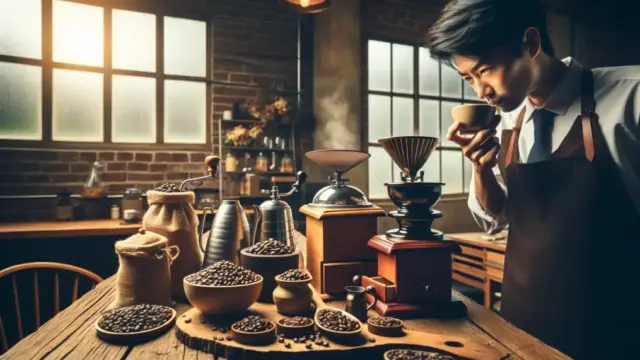
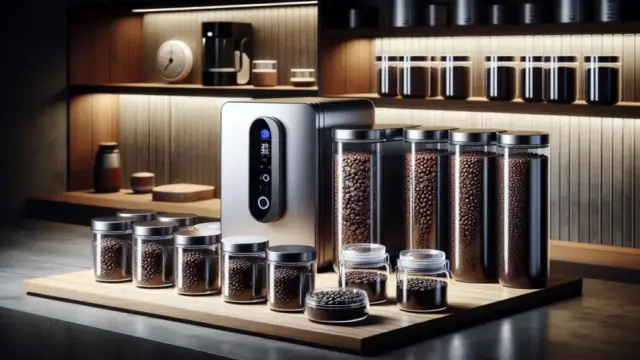


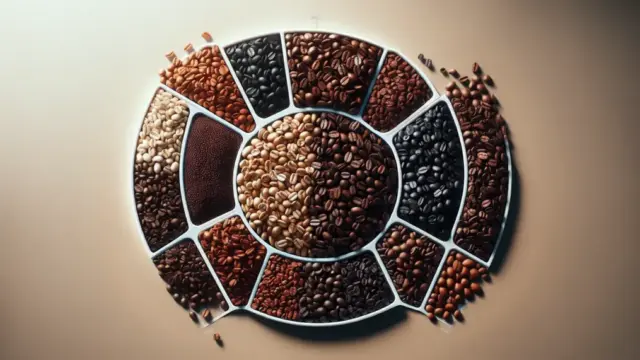


















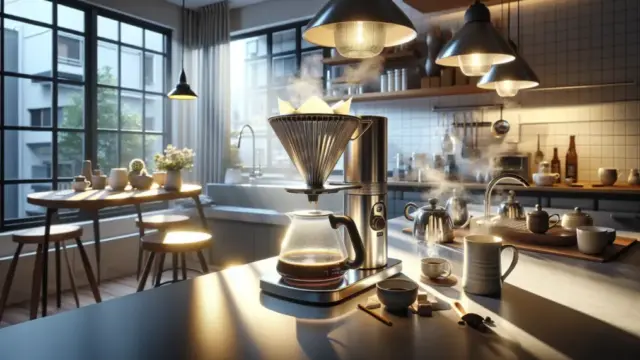






















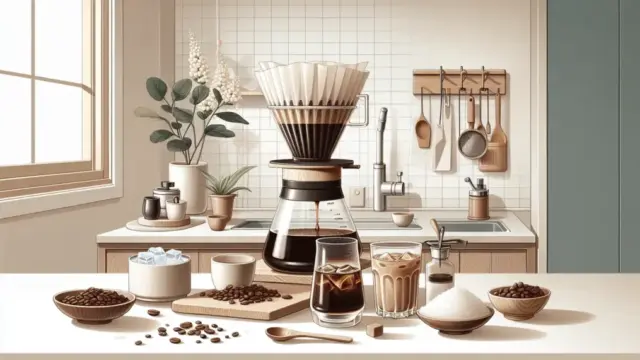














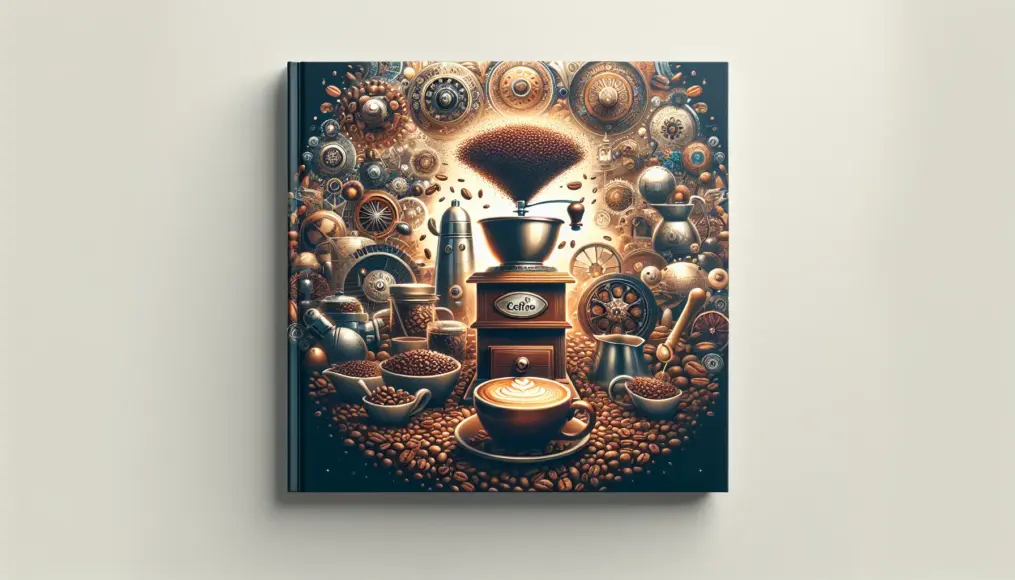

Comment